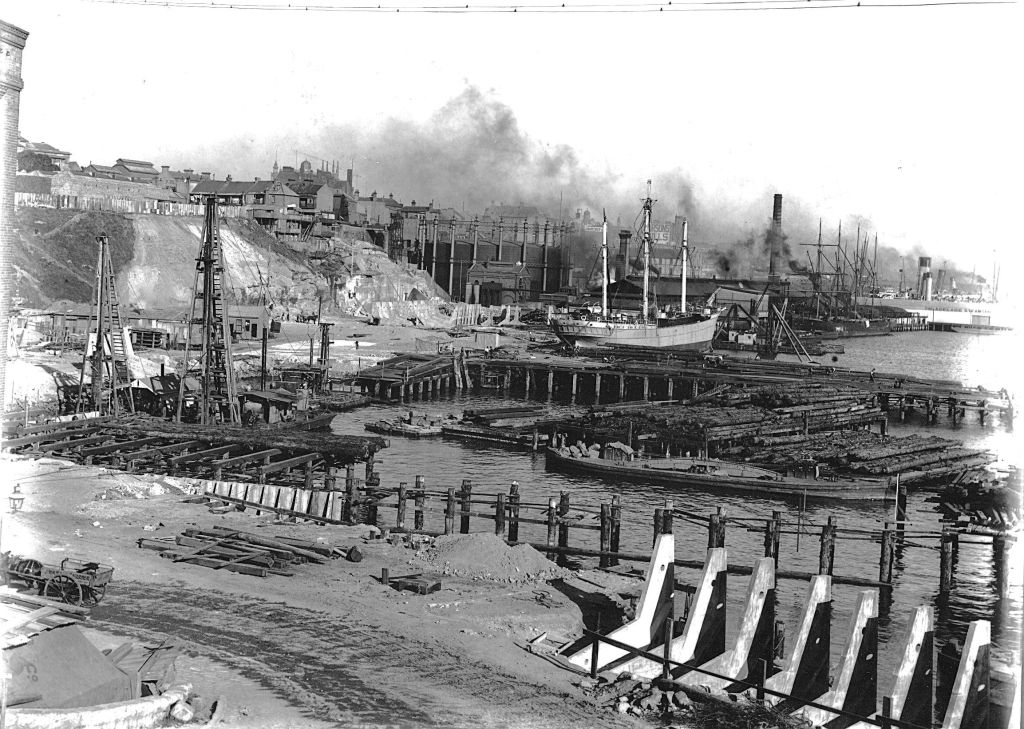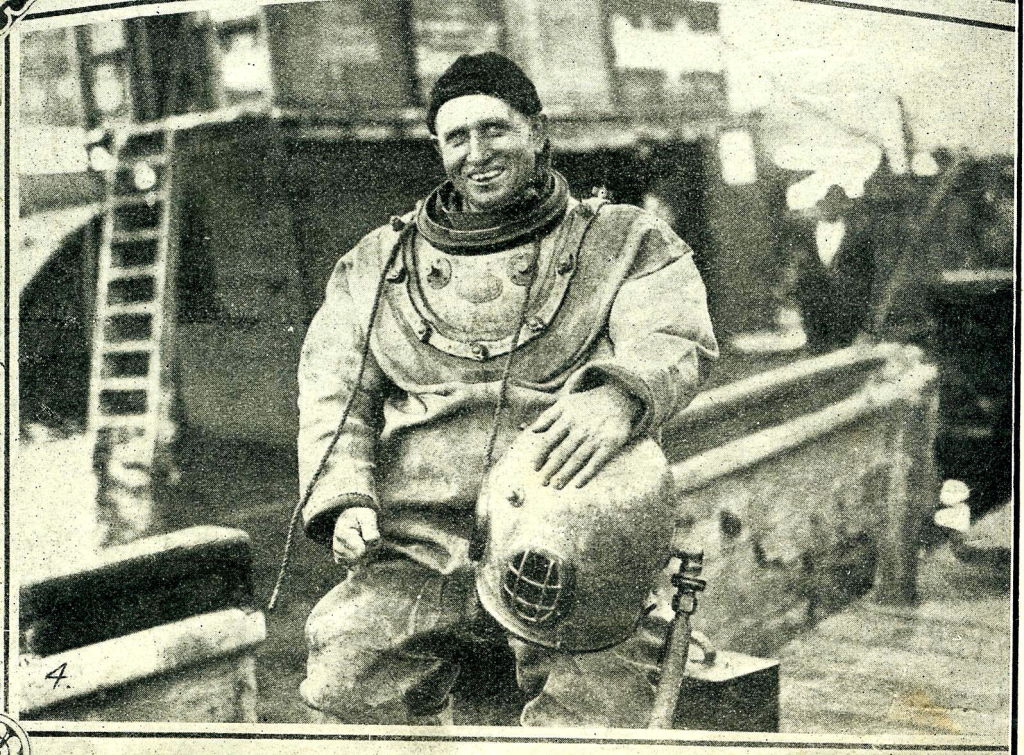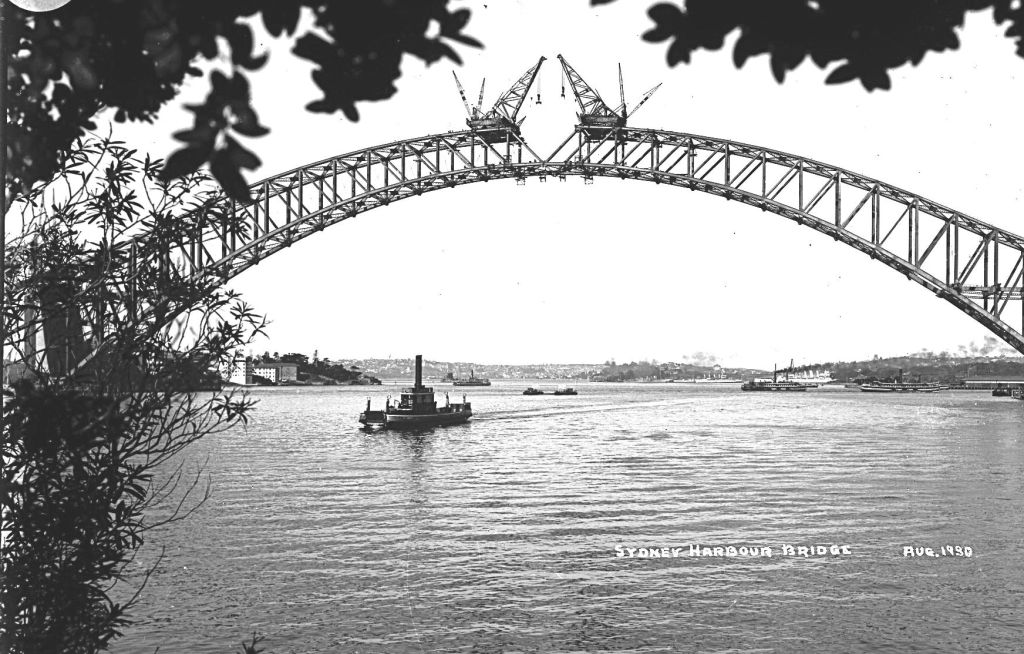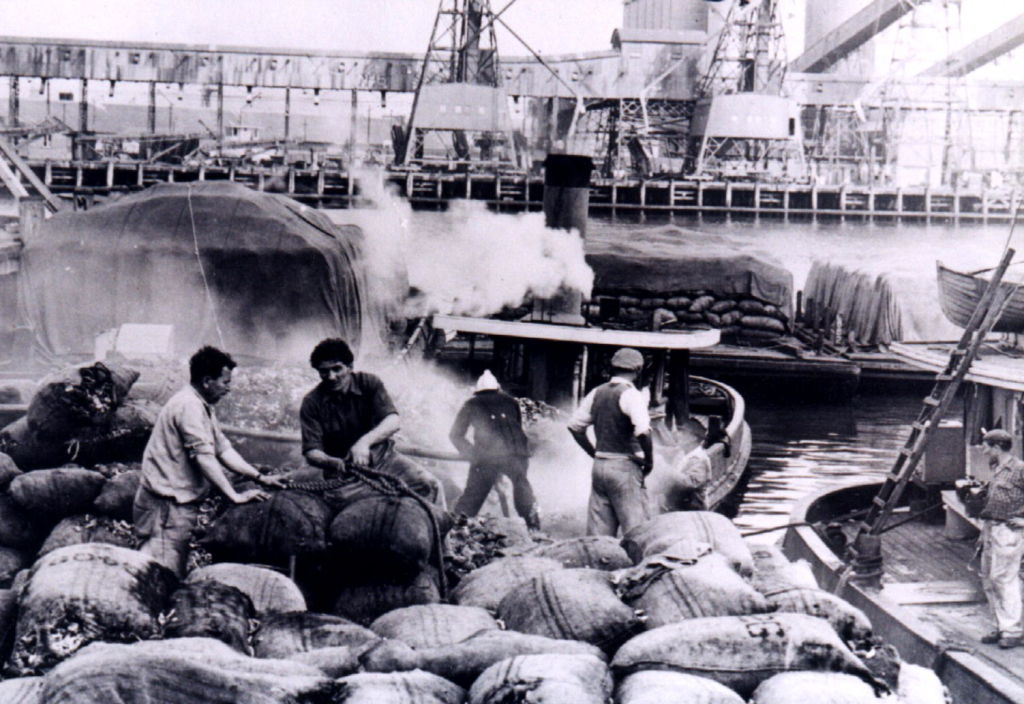The history of Sydney’s working harbour since the 1850s has been captured for generations to come in the City of Sydney Archives.
Many of the photographs in the collection – some 10,000 images – were recently donated by Graeme Andrews OAM, who started snapping and collecting photos of Sydney's ferries when he was 17. But his passion grew to embrace everything on and around the water.
“As a child I went to Fort Street Primary School by the ferry from Mosman Bay and got to know the skippers and deckhands and occasionally even fell into the water,” Andrews, 75, said.
“I’ve ‘lived’ the harbour for about 70 years and my image collection is my tribute to a place that was – the future is for someone else to image and evaluate.”
Andrews has kept his career close to the water too, working as a petty officer in the Royal Australian Navy until 1968 and the reserve until 1979. He also worked full-time as a journalist-photographer and later as master of Manly and Sydney ferries, tugs and harbour craft.
During this time, his camera was always by his side, but he also bought photographs, exchanged them and inherited them.
The Working Harbour collection features photos from Andrews’s collection that cover the large area of waterways between Lake Macquarie to the north of Sydney, south to Port Kembla and west to the Nepean River.
There are dozens of photos of well-known ferries as well as images of both Sydney Harbour Bridge and the AMP skyscraper being constructed, and wharves being built at Darling Harbour in 1909.
The Working Harbour collection includes images by other passionate photographers, such as Rob Montgomery, Fred Saxon and the Dufty family of ship photographers, who made their living selling photographs to ships’ passengers and crew in the early 1900s.
See more of the collection at City of Sydney Archives.
Published 6 January 2014, updated 27 September 2024












